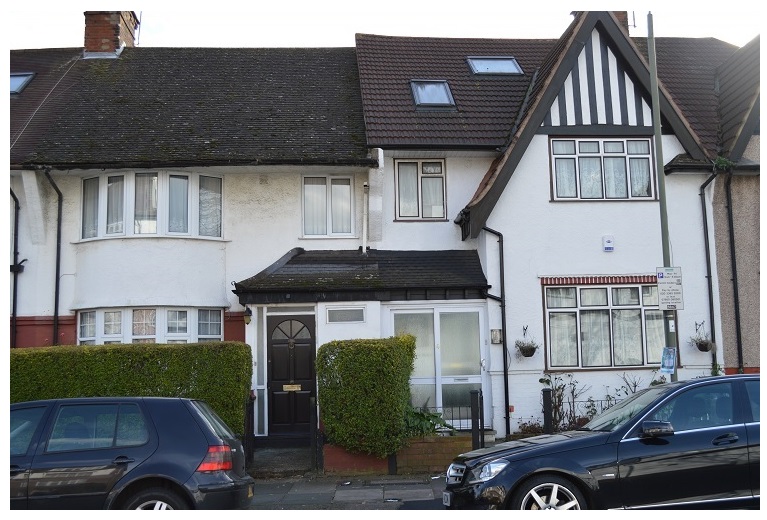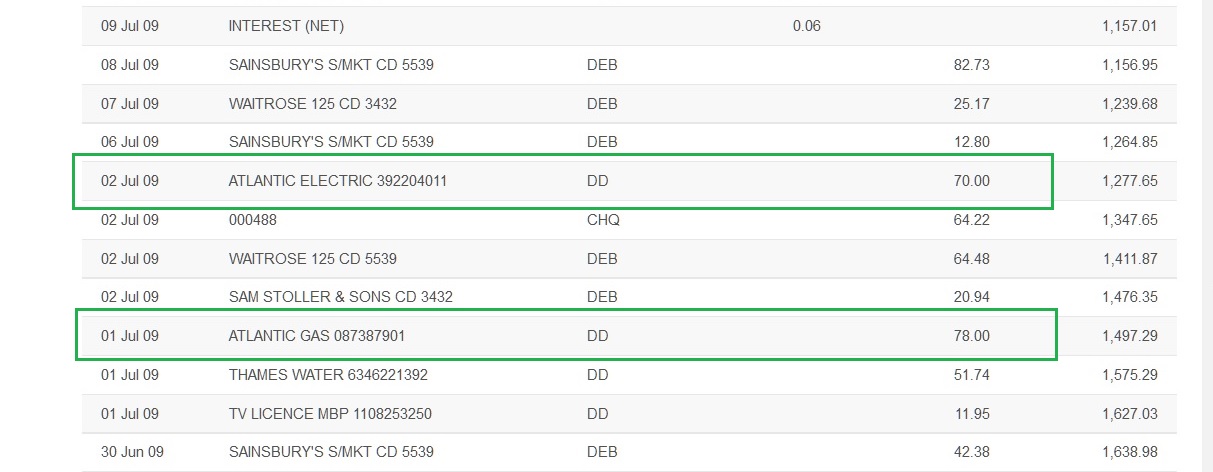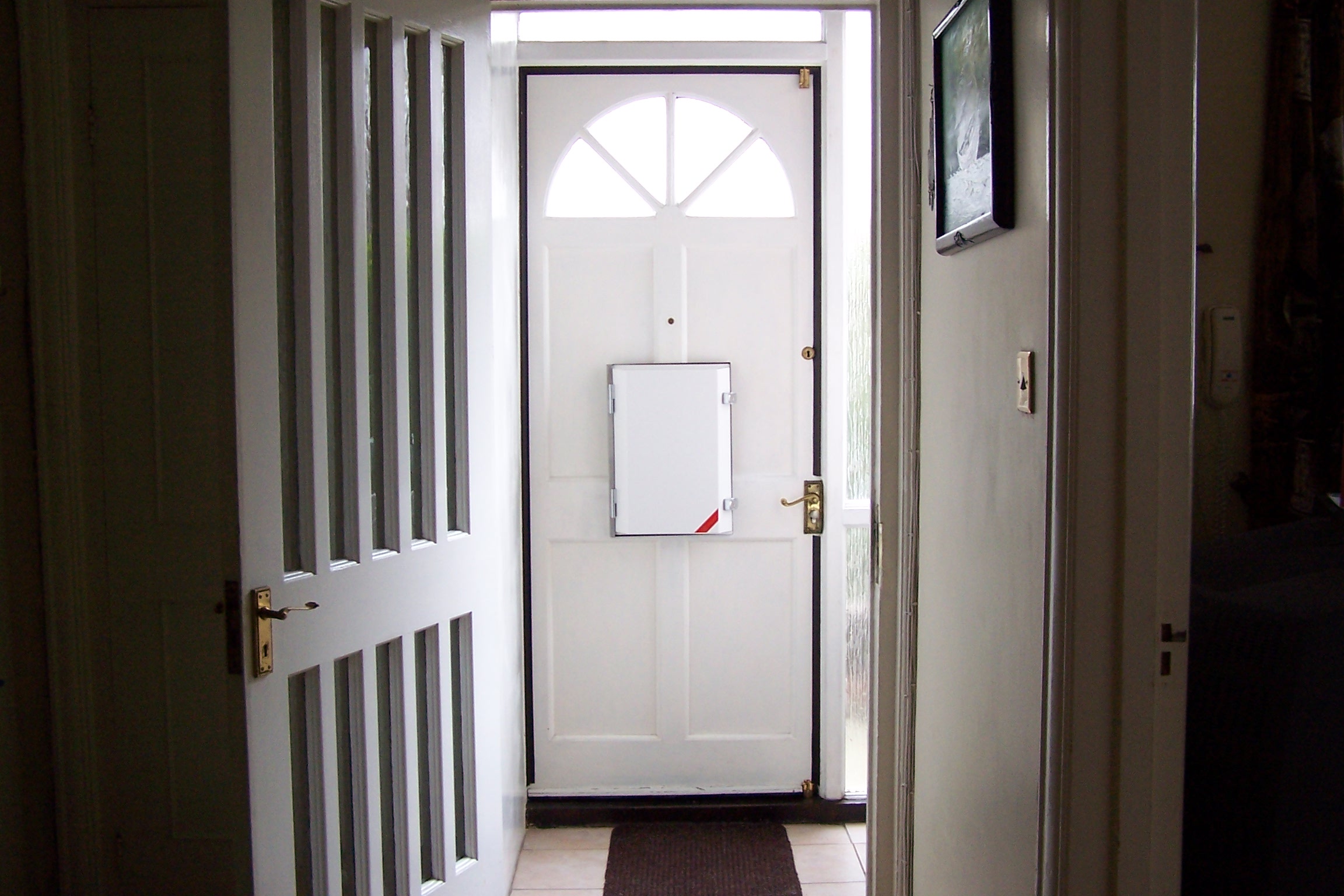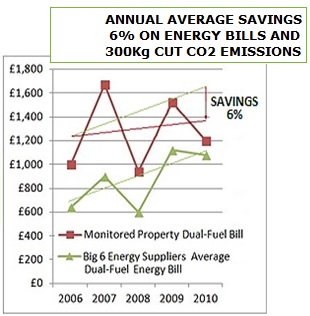
Example Property
The extent to which fitting IdealGuard™ secure letter box product will pay for itself and reduce CO2 emissions will vary from property to property and over time as it depends on a large number of factors.
These
factors include the size of the dwelling, indoor/outdoor temperature
differences, size of the letter plate and lengths of periods when it
stays open during the day and at night (at night there is a bigger
temperature difference between the inside and the outside), average
seasonal wind speed, length of the heating season, relative humidity,
whether gas or electricity is used for heating, and more. Also, it is highly sensitive to the price of energy (gas, electricity, etc.) and therefore volatile.
In cases like this where it is difficult to generalise and quantify the figures precisely, it is customary to use a model based on assumptions. Assuming the average reduction in room temperature by 1°C due to heat loss through the letter plate during the heating season, then, according to The Energy Saving Trust, it can increase the heating bills by up to 10%. With the current* natural gas and electricity prices, this could incur a typical household around £62 - £79 extra heating cost per year and result in extra 300kg of CO2 per year.
* Based on 10% increase in energy used for space heating, which is 60% of the fuel bill. The bill size is based on the March 2012 typical house fuel bill £1,320 a year (after price cuts earlier this year) on a standard tariff, but someone on the very cheapest tariff would pay £1,030 for the same usage.
In reality, there is often a "gap" between how the energy improvements perform in theory, and how they perform in people's properties. For example, loft insulation is estimated to deliver the largest annual savings. However, research sponsored by the Carbon Trust shows that when squashed, loft insulation typically provides half the insulation levels advertised, and 82% of UK households are getting only half the savings advertised, since they use their loft for storage, compressing insulation. So, if you want to get the full benefit of the seemingly most energy-efficient scheme, you must forget using your loft!
To guard against the risk of assumptions, the savings should be calculated on an individual-property basis by monitoring the effect of fitting the product.
In 2006, this London property was the first to be fitted with the IdealGuard™/U new brand secure by design multifunctional eco letter/mail box.
EXAMPLE PROPERTY:
London, 1930's, mid-terraced


01 Jan 2006 - 01 Jan 2011


The project showed how installing this simple, cost-effective measure makes a huge difference. Despite the soaring energy prices during the 5-year monitoring period, this retrofit delivered around 6% average annual savings on the monitored property energy bills, whereas the average annual reduction in CO2 emissions was around 300Kg.
What's more, fitting IdealGuard™/U secure by design letter box product has added an incredible sense of peace of mind and security both regarding privacy and safety to the occupants.
Can we
ignore 3kW heat loss through the open letter plate?
AN IDEAL HOME NEEDS IdealGuard™
